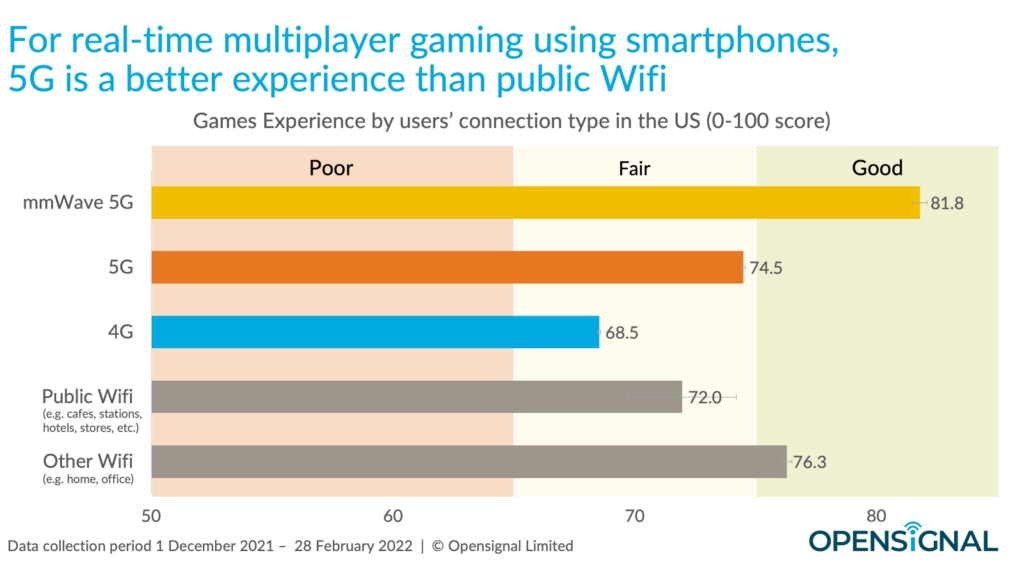Quantum computers are poised to play a crucial role in material and drug development as well as information security. Superconducting qubits, particularly those utilizing Josephson junctions, are essential technologies due to their ease of control and ability to operate at different energy levels.
While transmon qubits are popular, they face challenges with low anharmonicity, making it difficult to integrate multiple qubits without interference. On the other hand, flux qubits, with three Josephson junctions, offer higher anharmonicity, reducing interference issues. However, flux qubits require special coils and additional control lines, posing scalability challenges.
A collaborative effort between the National Institute of Information and Communications Technology (NICT), NTT Corporation, Tohoku University, and the Tokai National Higher Education and Research System Nagoya University has led to the development of a new superconducting flux qubit that operates in a zero magnetic field. This advancement is expected to enhance the performance and integration capabilities of quantum computers.
The newly designed superconducting flux qubit features a ferromagnetic Josephson junction known as a π-junction. This innovative junction eliminates the need for external magnetic fields by creating a 180-degree phase difference, allowing the qubit to function independently and reduce external noise.
Superconducting material could someday power quantum computer
In a recent study, researchers combined NICT’s nitride superconducting qubit technology with ferromagnetic Josephson device technology to create a flux qubit with a π-junction. This new qubit demonstrated optimal performance at zero magnetic field, showcasing improved coherence properties.
Past research struggled to achieve coherent operation in flux qubits with π-junctions, but this study utilized palladium nickel (PdNi) to create a stable π-junction on a niobium nitride (NbN) electrode. By combining NICT’s junction technology with NTT’s flux qubit design in 3D cavity resonators, the researchers achieved a coherence time of 1.45 microseconds.
Cosmic rays may limit qubit performance, impeding progress in quantum computing
Although the new π-junction qubit showed significant improvement in coherence time compared to previous phase qubits, conventional flux qubits without a π-junction exhibited longer energy relaxation times. Further enhancements are needed to optimize quantum coherence and advance quantum circuit integration.
The authors highlighted, “Looking ahead, we aim to optimize the circuit structure and fabrication process to extend the coherence time further and improve the uniformity of device characteristics, with an eye toward future large-scale integration. Our goal is to develop a new quantum hardware platform that could surpass conventional aluminum-based qubits’ performance.”
“By enhancing the materials and structure of the ferromagnetic junction, we aim to create a π-junction flux qubit with extended coherence time that can operate without external magnetic fields. Such advancements could revolutionize various quantum technologies, including quantum computer chips.”
This breakthrough marks the successful development of a flux qubit operating without external magnetic fields and boasting microsecond-level coherence time. While further improvements are necessary, this technology represents a significant step towards miniaturizing and integrating quantum circuits, simplifying designs, conserving energy, and reducing costs.
Journal Reference:
- Kim, S., Abdurakhimov, L.V., Pham, D. et al. Superconducting flux qubit with ferromagnetic Josephson π-junction operating at zero magnetic field. Commun Mater 5, 216 (2024). DOI: 10.1038/s43246-024-00659-1



